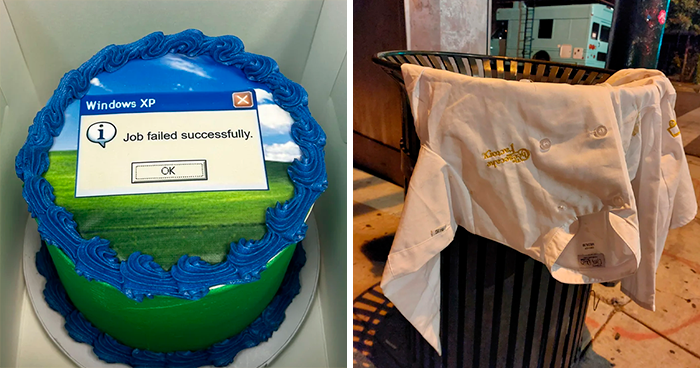Each year the most promising teams in the open category of the Global Biomimciry Design Challenge (BGDC) are invited to participate in the Accelerator program. Designed to help biomimetic solutions advance beyond the concept stage, the BGDC Accelerator is an intensive 6-9 month program during which the teams continue to develop their design concepts and market strategy utilizing business training, mentorship, and legal support provided by the Institute and its partners. At the end of the Accelerator one team will be awarded the $100,000 “Ray of Hope” prize, endowed by the Ray C. Anderson Foundation.
As part of a global design challenge, BioX team win the second prize for design concept by using biomimicry to design a way to help combat malnutrition. The team created a nature-inspired device called “Jube” — a simple, bug-catching contraption that could dramatically change how humans obtain food.
Edible insects may be one of the answers to our global food crisis. They are high in protein and rich in essential micronutrients, such as iron and zinc. They also don’t need as much space as livestock, emit lower levels of greenhouse gases, and have an extremely high feed conversion rate. The BioX team from Thailand developed Jube, a bio-inspired chamber for capturing edible insects, the food of the future. After studying a range of carnivorous plants, the team decided to base their design on the Genlisea violacea “lobster-pot trap.” This is a Y-shaped modified leaf chamber that is easy to enter, but not to exit due to its inward-pointing hair, which force the prey to move in a particular direction. To use Jube, the user puts insect food into the bottom part of the device to lure the insects. Once the insects follow the odor and step into Jube, they can’t turn back. This device promotes a more sustainable way to incorporate protein and nutrients into the world’s diet by offering an insect-capturing device that is unique and beautifully crafted.
More info: biox.tech
Jube
Jube promotes a more sustainable way to incorporate protein and nutrients into the world’s diet by offering an insect-capturing device that is unique and beautifully crafted.
BioX
The BioX team from Thailand developed Jube, a bio-inspired chamber for capturing edible insects, the food of the future. After studying a range of carnivorous plants, the team decided to base their design on the Genlisea violacea “lobster-pot trap.” This is a Y-shaped modified leaf chamber that is easy to enter, but not to exit due to its inward-pointing hair, which force the prey to move in a particular direction. To use Jube, the user puts insect food into the bottom part of the device to lure the insects. Once the insects follow the odor and step into Jube, they can’t turn back.
Students driven team
BioX team is a group of undergrad students and high school students teaming for creating biomimicry innovation and social good.
BioX at SXSW Eco
Pat Pataranutaporn at the South by Southwest Eco Conference. Pataranutaporn and his team were invited to attend and give a presentation on their biomimicry proposal as a part of winning second place in the global competition.
Photo courtesy of Ratchaphak Tantisanghirun

 Dark Mode
Dark Mode 

 No fees, cancel anytime
No fees, cancel anytime 






























3
0